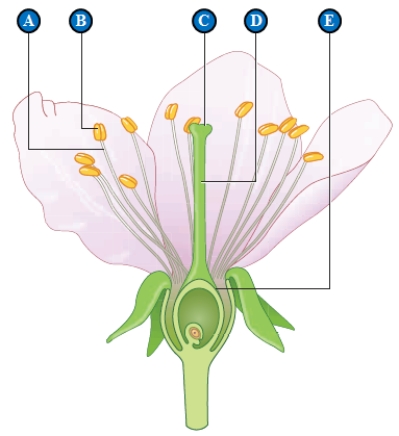Figure 29.2A
Use the accompanying figure to answer the following question. 
-The letter "D" in the above figure represents the ____.
Definitions:
Rectus Abdominis
The rectus abdominis is a long muscle that extends along the front of the abdomen, known for its role in flexing the lumbar spine and helping to create a "six-pack" appearance.
External Oblique
A muscle located on the lateral part of the abdomen, part of the abdominal wall muscles, that aids in rotation and lateral flexion of the torso.
Internal Oblique
A muscle in the abdominal wall that lies below the external oblique and just above the transverse abdominal muscles, functioning to rotate and turn the trunk.
Lateral Leg Muscles
Muscles located on the outside part of the leg, involved in movement and stabilization of the leg.
Q8: Which of the following gives rise to
Q15: Which of the following is NOT a
Q20: Signals that stimulate the release of hormone
Q30: How does bipedalism relate to sweat glands,
Q47: Declining amphibian populations are correlated with<br>A) habitat
Q56: stylet
Q59: Which of the following is not a
Q69: _ covers and protects the outer surfaces
Q75: Tissue culture techniques are used to<br>A) produce
Q79: 100 billion in the brain